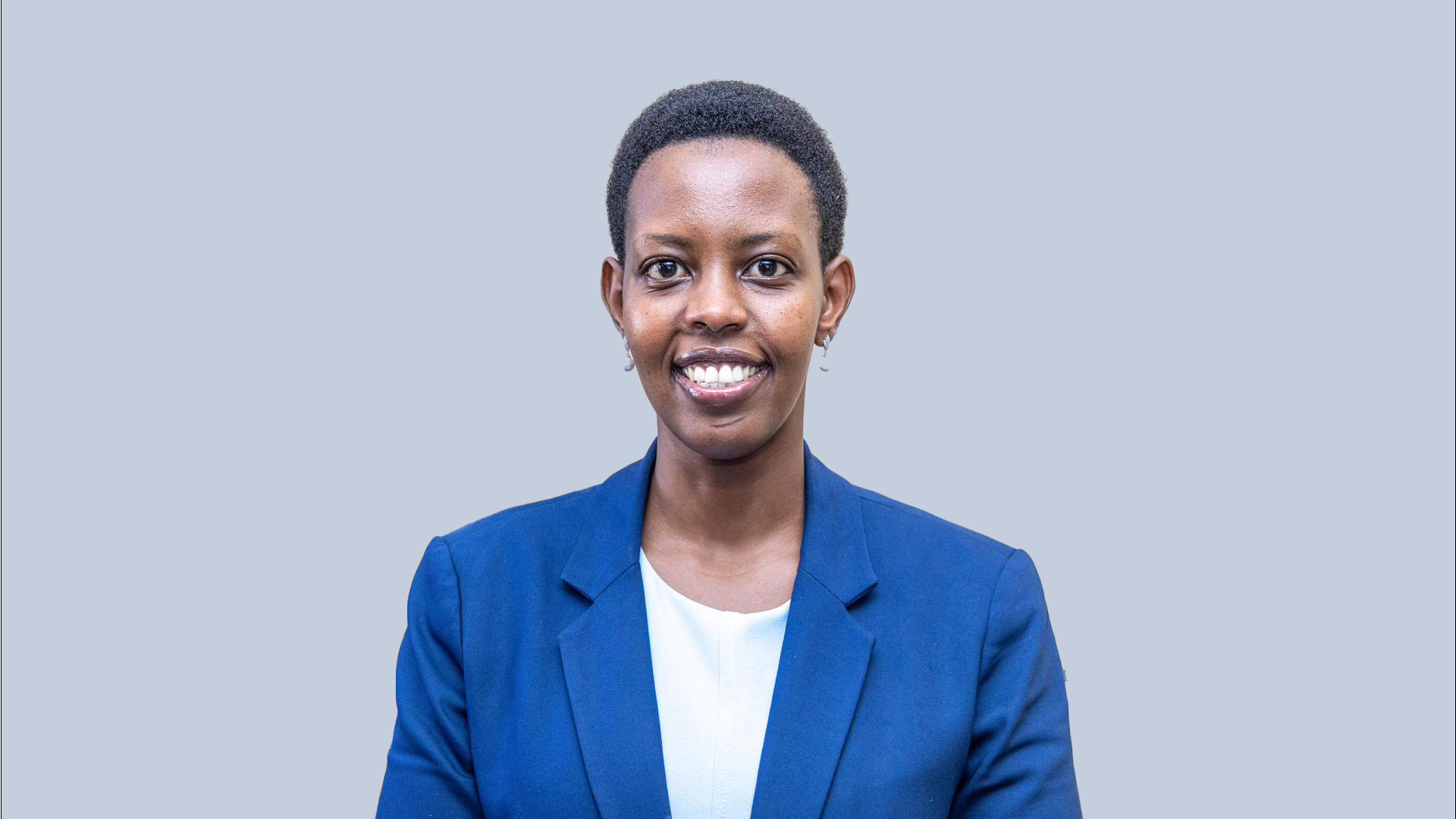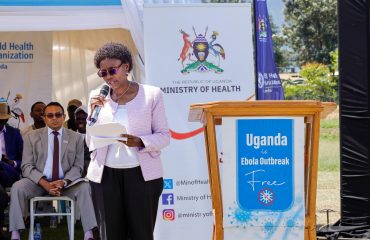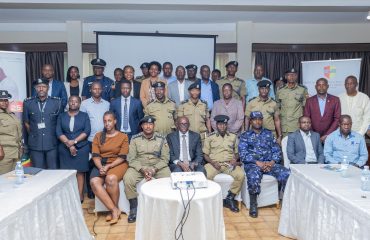On September 15, 2025, Uganda’s President, H.E. Yoweri Kaguta Museveni, fondly known as Ssabalwanyi, marks his 81st birthday. This moment is not only a celebration of his life but also a reflection on nearly four decades of leadership under the National Resistance Movement (NRM), which has steered Uganda from the restless years of instability to an era of stability, resilience, and steady socio-economic transformation.
Uganda endured numerous insurgencies in the past, leaving citizens uncertain of their survival from one day to the next, as nearly every region was gripped by conflict. In the 1980s, Alice Lakwena’s forces destabilised the East, Joseph Kony’s Lord’s Resistance Army ravaged the North, while the Uganda National Rescue Front (UNRF), under Brig. Moses Ali, operated in the West Nile sub-region from 1980 to 2002.
These waves of insurgency left Ugandans restless and insecure. However, when President Yoweri Kaguta Museveni assumed power in 1986, the tide began to turn, ushering in a gradual restoration of peace and stability across the country.
Guided by his prior guerrilla experiences with FRELIMO in Mozambique, Museveni launched the Bush War in 1981, leading the National Resistance Army (NRA) to victory in January 1986. His mission was not merely to capture power but to transform Uganda into a peaceful, democratic, and prosperous nation.
When the NRM assumed power, Uganda was a fractured nation, devastated by civil war, economic collapse, and social disintegration. The first years of the Museveni administration focused on restoring peace, security, and national unity. Political stability became the foundation upon which economic recovery was built.
Through wide-ranging economic liberalisation policies, the government created a conducive environment for the private sector. This marked the beginning of an economic journey that has seen Uganda ranked among the fastest-growing economies in the world, with the Harvard Growth Lab projecting Uganda to be the fastest-growing economy globally by 2031.
President Museveni’s ideology has consistently been anchored on Patriotism, Pan-Africanism, Socio-economic Transformation, and Democracy. These principles have guided Uganda’s trajectory, from peace-building to economic expansion, regional integration, and global competitiveness.
Uganda has achieved remarkable progress across multiple sectors. Peace and security have provided a stable foundation for growth, enabling the economy to expand from UGX 64.8 trillion in FY2010/11 to UGX 226.3 trillion in FY2024/25. In March 2024, the country met the criteria to graduate from the Least Developed Countries category.
Life expectancy has increased significantly, from 50.4 years in 2002 to 68.2 years in 2023/24, alongside improvements in access to healthcare and education.
Currently, 91% of Ugandans live within 5 km of a health facility, and 81% of parishes have government-aided schools, reflecting steady investment in social services.
Poverty levels have declined from 24.5% in 2010/11 to 16.1% in 2023/24, and subsistence living has reduced from 69% to 33%, highlighting broader economic inclusion.
Income inequality has also improved, with the Gini coefficient falling from 41% in 2020 to 38% in 2024.Infrastructure development has transformed connectivity, with Uganda now linked to all borders through tarmac roads, enhancing trade and travel.
At the same time, installed electricity capacity has grown from 595 MW in 2010/11 to 2,051 MW in 2023/24, increasing access to electricity for 57% of the population.
The country’s digital landscape has also expanded. Internet penetration reached 53% in 2022, and the national ICT backbone network now extends to 4,300 km, thus fostering innovation, efficiency, and participation in the global economy.
Industrial growth has accelerated, with the number of factories rising from 31,757 in 2010/11 to 50,000 in 2023/24. This growth has driven value addition and job creation.
Beyond traditional exports, Uganda now produces and exports steel, cement, pharmaceuticals, dairy, textiles, and ICT products, demonstrating a more diversified and competitive economy.
Despite global shocks, Uganda’s economy has shown resilience and dynamism. In FY2024/25, growth stood at 6.3%, with agriculture, industry, and ICT leading the way.
Inflation remains stable at 3.4%, while the Uganda shilling is among Africa’s most stable currencies, supported by strong foreign direct investment inflows (USD 3.48 billion), exports, and remittances.
Export earnings reached USD 11.8 billion by March 2025, with coffee exports alone expected to double to USD 2 billion annually, marking a historic milestone.
Uganda is also strategically positioning itself in oil and gas production, with GDP growth projected to hit double digits in the near future.
Government-led wealth creation programmes such as the Parish Development Model (UGX 3.3 trillion), Emyooga (UGX 553 billion), and the Uganda Women Entrepreneurship Programme (UGX 168 billion) are ensuring inclusive participation in the economy, empowering communities, and broadening opportunities for prosperity.
At 81, President Museveni remains a central pillar of Uganda’s progress. His resilience, visionary policies, and practical leadership have made Uganda a beacon of stability in the region and a rising frontier of opportunity in Africa.
As Uganda looks to the future, with oil production, industrialisation, and regional integration on the horizon, the foundation laid by President Museveni and the NRM government will remain central in shaping a modern, prosperous, and globally competitive Uganda.
Happy 81st Birthday, Your Excellency.
Written by
Joellah Anshemeza,
Communications Officer, Government Citizens Interaction Centre.
Note: Statistical Data Source: National Budget Speech FY 2025/26.




